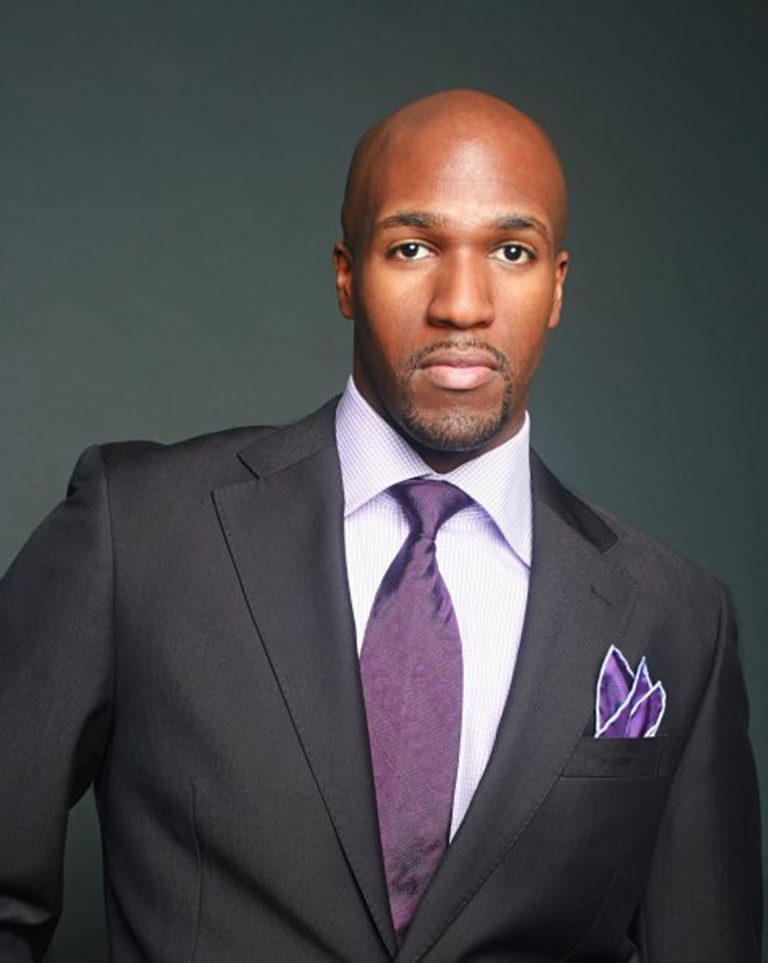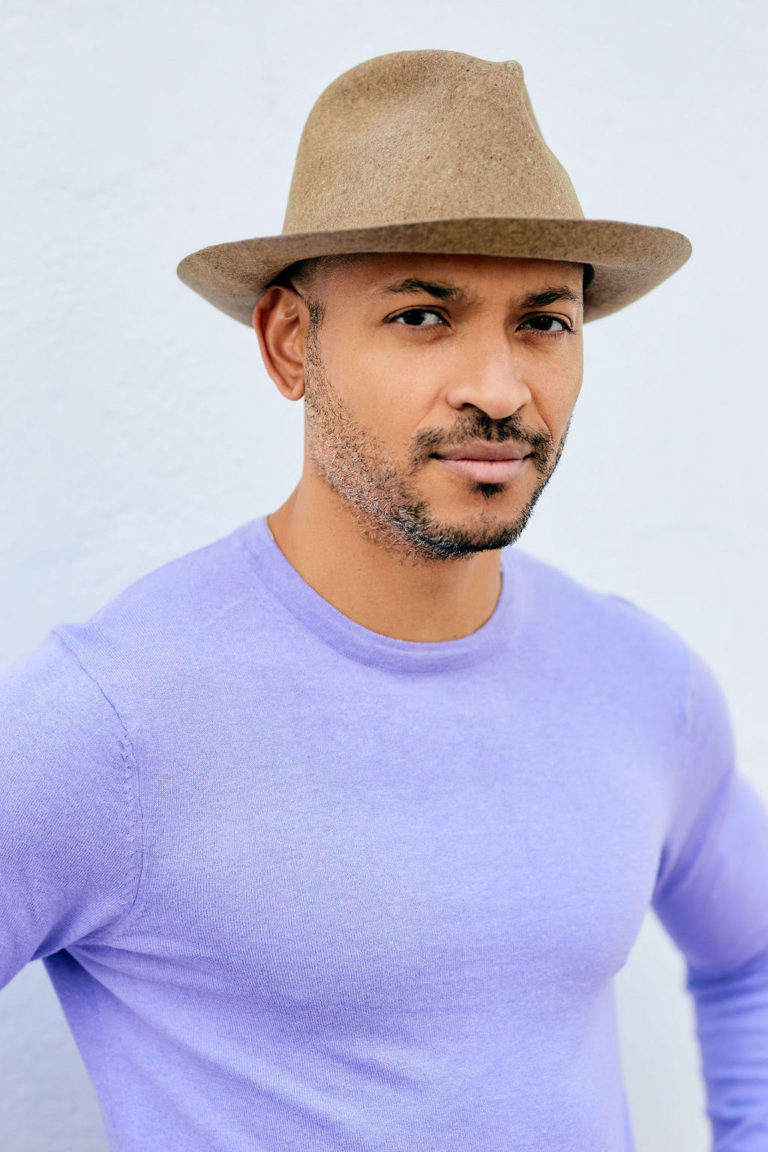Negro National Opera House

Outside Pittsburgh, Pennsylvania, sits a house upon a hill. The 19th century Victorian was once the grand home of the National Negro Opera Company (NNOC), the first African American opera company in the U.S. From 1941–1962, under the direction of Mary Cardwell Dawson, the NNOC and its physical home went through ups and downs, strides and shifts. But the figurative foundation of the National Negro Opera House held strong: to be a bedrock of culture, education, and artistry for Black people in Pittsburgh.
This treasure of African American history today sits unassuming on Apple Street in Pittsburgh’s Homewood neighborhood. Jonnet Solomon, undeterred by its deterioration over decades of neglect, bought the house in 2000. In a 2020 interview for NPR, she commented on not only its architectural beauty but the richness of its past: “It’s a gorgeous structure, but the energy within the house was just amazing.” In talking with The Whole Review recently, Solomon noted that former owner William “Woogie” Harris “gave people like Madame Dawson, Lena Horne, Roberto Clemente, and Paul Nesby a place where they [could] be who they are and nurture their talents with other people. This type of creative space impacted sports, jazz, opera, and the community.” Solomon elaborated, “Here in Pittsburgh, you had a living structure that literally housed American history that is both inspiring and motivating, but no one knew it existed.” Chantal Braziel, a volunteer, and a classically trained soprano, learned about the house only a few years ago. She became involved in raising awareness about the landmark last year. Sydni Goldman, Creative Media Director for the National Negro Opera House, had never heard of it until Solomon reached out to her. Solomon brought Goldman on board because of her experience as a TV producer. Goldman, an African American media professional, understands the importance of telling the house’s stories. “Not only was it the birthplace of the National Negro Opera Company, but it was also a place where some of the most influential African Americans of our time would go and stay because discrimination laws prevented them from staying at hotels in downtown Pittsburgh.”
Solomon’s push to save the house started over 20 years ago. As a result of her hard work, there has been local recognition of the site over the years. In 2008, the National Negro Opera House was named a Pittsburgh City Historic Landmark. Moreover, in 2003 and 2008, the Young Preservationists Association of Pittsburgh named it one of their top 10 historic Pittsburgh sites worthy of preservation.

Following years of incredible local efforts, a major catalyst for raising awareness is the National Trust of Historic Preservation’s 2020 recognition of the National Negro Opera House as one of our Most Endangered Historic Places. This leveling up in awareness is paired with the country-wide dialogue about race, racism, and recognizing Black people’s contributions to society. Solomon sees this as “the perfect time to get this project completed.” Braziel believes “Madame Dawson’s vision is even more important in today’s political climate. Although more Black voices are heard today, there is still racism and prejudice within the industry.”
Goldman adds, “The achievement and ambition of Mary Cardwell Dawson should be no secret. She was truly a trailblazer for the opera world. She brought people of color and all backgrounds together on stage. At the center of her heart was a yearning for unity during a time when it was the opposite of that…. The vision for the opera house is for it to become a center for artists and creatives to gather together again. It would also be a beacon of hope in the Homewood community…. There’s a lot of African American history in Homewood and the opera house is a big part of that.”
The house upon a hill—the beacon of hope—is poised for rebirth. These three ambitious women- Solomon, Goldman, and Braziel- are not only repairing the landmark building, but they are also revitalizing Dawson’s legacy and reaching out for support. Such an endeavor comes with a hefty price tag, estimated at $5 million.
Braziel and her fellow soprano Candace Burgess invite artists and performers to participate in their Opera Challenge, in which they perform selections outside the opera house to spread awareness and fundraise. Participants can perform a selection of their choice; share it on social media with an explanation about the cause, and use the hashtags #NationalNegroOperaHouse, #operahousechallenge, and #RebuildTheHistory; and encourage other artists to do the same. Everyone is invited to spread the word and contribute at nationaloperahouse.org/donate.
Goldman urges, “Right now, it’s critical we spread the word about the opera house so everyone will know about it. The best way people can help is by spreading the word as well as [through] financial support.”






























